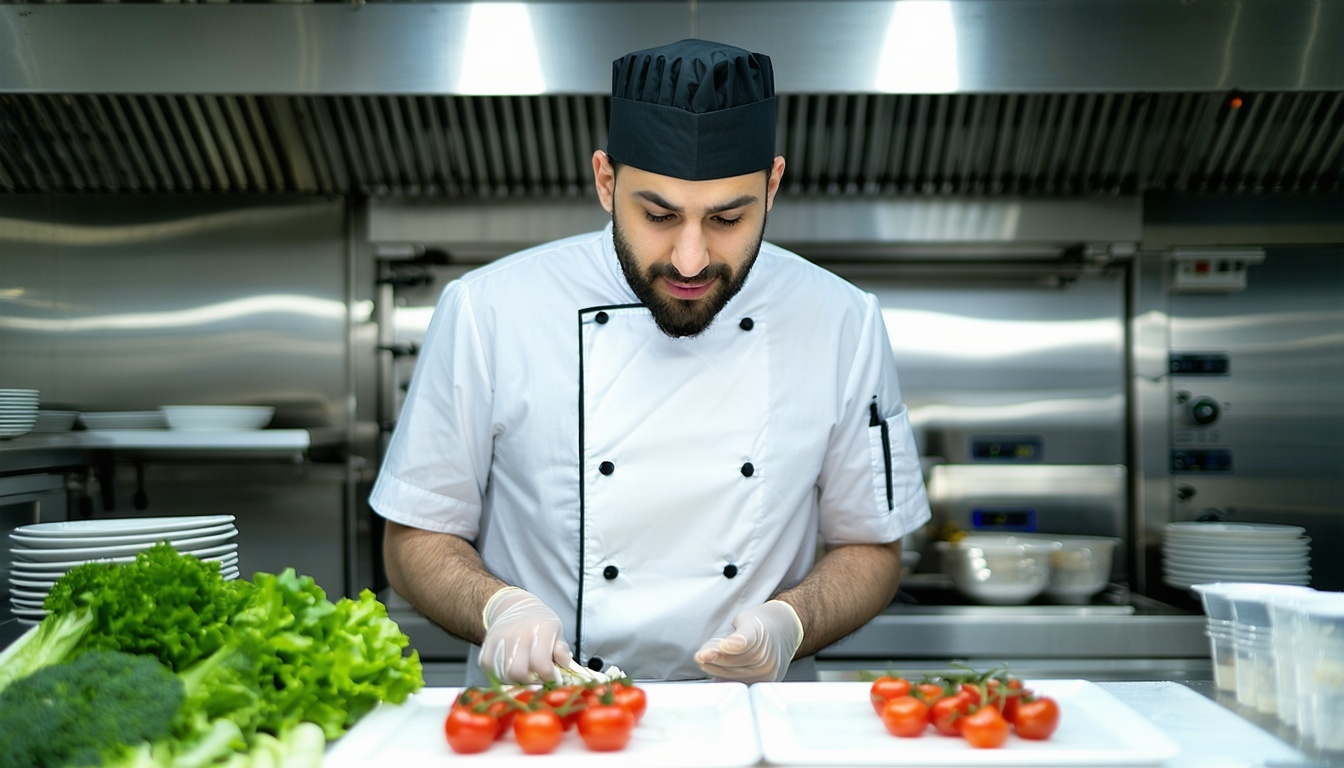Funding Guide for Specialty Food and Beverage Startups
The specialty food and beverage industry is booming—craft coffee, plant-based snacks, artisanal condiments, and low-sugar drinks are just a few categories gaining traction among health-conscious and quality-driven consumers. But turning your bold flavors and creative packaging into a scalable business takes more than passion. It takes capital. That’s where this funding guide for specialty food and beverage startups comes in.
From bootstrapping to equity financing, we’ll walk you through the best options to fund your next big bite or sip.
Understanding Startup Costs in Food & Beverage
Before you seek funding, know what you’re funding. Specialty F&B brands typically need capital for:
-
Product development and testing
-
Packaging and label design
-
Regulatory compliance and certifications (FDA, USDA, etc.)
-
Co-packing or commercial kitchen fees
-
Inventory and raw ingredients
-
Website and e-commerce setup
-
Marketing and trade shows
-
Retail distribution fees (slotting, broker commissions)
These costs can quickly add up to $50,000–$250,000, depending on your launch strategy and sales channels.
Top Funding Options for Specialty F&B Startups
1. Bootstrapping & Personal Savings
Many founders start by funding early prototypes and sales with personal capital.
Pros:
-
Full ownership and control
-
No interest or investor pressure
Cons:
-
Limits growth potential
-
Personal risk
Best for: Low-budget test launches, farmers market vendors, or proof-of-concept batches.
2. Friends & Family Loans
A common early-stage option, friends or relatives may provide informal loans or equity.
Pros:
-
Quick and flexible
-
Often no interest
Cons:
-
Potential for relationship strain
-
May lack formal agreements
Tip: Always draft simple, clear terms—even with loved ones.
3. Crowdfunding (Kickstarter, Indiegogo)
Crowdfunding helps you raise capital while building community buzz.
Pros:
-
Non-dilutive (you keep your equity)
-
Validates product-market fit
Cons:
-
Requires strong marketing push
-
Not ideal for complex or niche products
Best for: Unique or mission-driven products with visual appeal.
4. Small Business Loans
Banks and credit unions may offer startup capital or lines of credit, especially if you have strong financials or collateral.
Options include:
-
SBA Microloans (up to $50,000)
-
SBA 7(a) loans (up to $5M for working capital)
-
Community Development Financial Institutions (CDFIs)
Best for: Founders with solid business plans, good credit, and plans to scale.
5. Grants and Pitch Competitions
Free money? Yes, if you win. Many organizations offer grants for food entrepreneurs, especially those who are women, minorities, or sustainability-focused.
Where to look:
-
Local economic development centers
Tip: Apply early and often—competition is fierce, but worth it.
6. Venture Capital & Angel Investors
For high-growth F&B brands (think functional drinks or scalable CPG), equity investors can fuel national expansion.
Pros:
-
Big capital for scaling production and marketing
-
Strategic connections and mentorship
Cons:
-
You give up equity
-
Pressure for rapid growth and exits
Best for: Shelf-stable, scalable products with proven traction and brand story.
7. Revenue-Based Financing (RBF)
You repay a percentage of future sales instead of fixed monthly payments. Popular in DTC food and beverage.
Platforms:
-
Clearco
-
Wayflyer
-
Stripe Capital
Pros:
-
No equity loss
-
Scales with revenue
Cons:
-
May be expensive long-term
-
Requires consistent sales
8. Accelerator Programs
Startups in accelerators often receive seed funding, mentorship, and retail access.
Top food-focused accelerators:
7-Step Checklist to Secure F&B Funding
-
Define your startup costs and revenue projections
-
Build a business plan with a clear brand story
-
Identify your ideal funding option (loan, grant, equity)
-
Prepare financial documents (P&L, cash flow, balance sheet)
-
Develop a pitch deck and product samples
-
Apply for 2–3 aligned funding opportunities
-
Track ROI and use funds efficiently (inventory, marketing, ops)
Real-World Example: Scaling a Kombucha Brand
A San Diego-based kombucha startup began with $15,000 in savings and raised an additional $40,000 through a Kickstarter campaign. After gaining traction at local health stores, they joined the Chobani Incubator, receiving $25,000 in funding and distribution support. By year two, they secured angel investment and expanded into Whole Foods in three states.
Funding Pitfalls to Avoid
-
Raising too soon: Validate product demand first
-
Underestimating cash flow needs: Plan for slow pay cycles and production delays
-
Ignoring dilution: Consider how equity deals affect long-term ownership
-
Neglecting compliance: Funded or not, always meet food safety and labeling laws
Conclusion: Start Smart, Scale Strategically
There’s never been a better time to launch a specialty food or beverage brand—but without capital, growth can stall fast. Whether you're a founder with a fresh granola recipe or a team launching a sustainable sparkling water line, this funding guide for specialty F&B startups gives you the blueprint to get funded and stay focused.
Start lean, stay nimble, and fuel your growth with the right mix of funding, planning, and community support.











